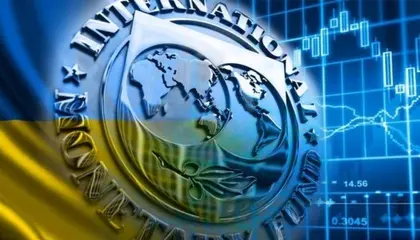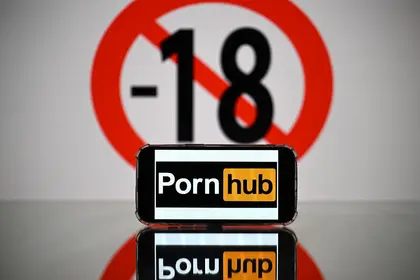It was rules and technicalities that stalled Ukraine’s cooperation with the IMF throughout 2022. It was Ukraine that held itself back from being credited by failing to implement reforms. The IMF has not raised claims, but it is impossible to lend money without having a clear economic forecast and knowing how the borrower plans to achieve economic stability and pay back, which is extremely difficult to do in wartime.
JOIN US ON TELEGRAM
Follow our coverage of the war on the @Kyivpost_official.
During the pause, the Fund gave Ukraine money under emergency loan programs, which in fact only covered the old debts.
Now the pause seems to be over: IMF head Kristalina Georgieva has personally visited Kyiv to get the ball rolling. Her visit coincided with U.S. President Joe Biden's, so it went almost unnoticed.
What did the IMF head bring to Kyiv? Hardly a trainload of dollars. She brought six billion – not in cash, of course, but in a new three-year loan program to that tune. This year, Ukraine is to receive up to $5 billion.
Why now? By all accounts, the IMF received technical guarantees from the G7.
What are the loan terms? That's a reasonable question, because the IMF normally focuses on budget deficit, and Ukraine's figures are astronomic. Everything the country earns goes to fund the army while social payments and other expenditures are covered by the money provided by its western partners.
But, however bureaucratic, the IMF has enough common sense not to demand that the country reduce its budget deficit while in a state of war. At the same time, the Fund is not poised to let the government increase it by cutting or abolishing taxes. But the main focus is on the rule of law and the fight against corruption, and here the IMF program is part of Ukraine's road to European integration.

‘We Are Blocking Propagandists’ – Zelensky Imposes Sanctions on Pro-Russian Politicians
So, Ukraine expects to receive around $5 billion from the IMF in 2023. It is good that the Fund's money is not the main support, as it was before the war, being the most advantageous to Kyiv in terms of interest rate and maturing, along with scarce EU lending under macro-financial assistance programs.
Now the Fund's money is the most expensive and shortest as Kyiv receives grants from the U.S., which do not have to be returned, and long-term (up to 35 years) loans from the EU at under one percent interest, which will put no pressure at all on the national budget. The IMF, meanwhile, lends by standard rules: up to five years and up to five percent interest.
Now that market borrowings are closed to Ukraine, the comparative basis is different.
Should Ukraine borrow from the IMF? Yes, it should, because $5 billion is a pretty sum and because the very fact of cooperation with the IMF is important as a guarantor of the government's "adequate" policy and continuation of reforms. Besides, after the war the country is sure to return to traditional sources of borrowing.
It should also be noted that although IMF loans do not play the decisive financial role during this war, the reforms implemented in Ukraine as part of the Fund's requirements for cooperation have strengthened Ukrainian resilience and contributed to maintaining macroeconomic stability.
The functional banking system and the stability of the national currency are the best proof of this fact. Russian President Vladimir Putin, whose propagandists claim that sanctions do not work, had good reason to try to wean and sever Ukraine from the IMF, and he will surely want to do it after the war – of course, if he stays alive.
The views expressed are the author’s and not necessarily of Kyiv Post.
You can also highlight the text and press Ctrl + Enter










